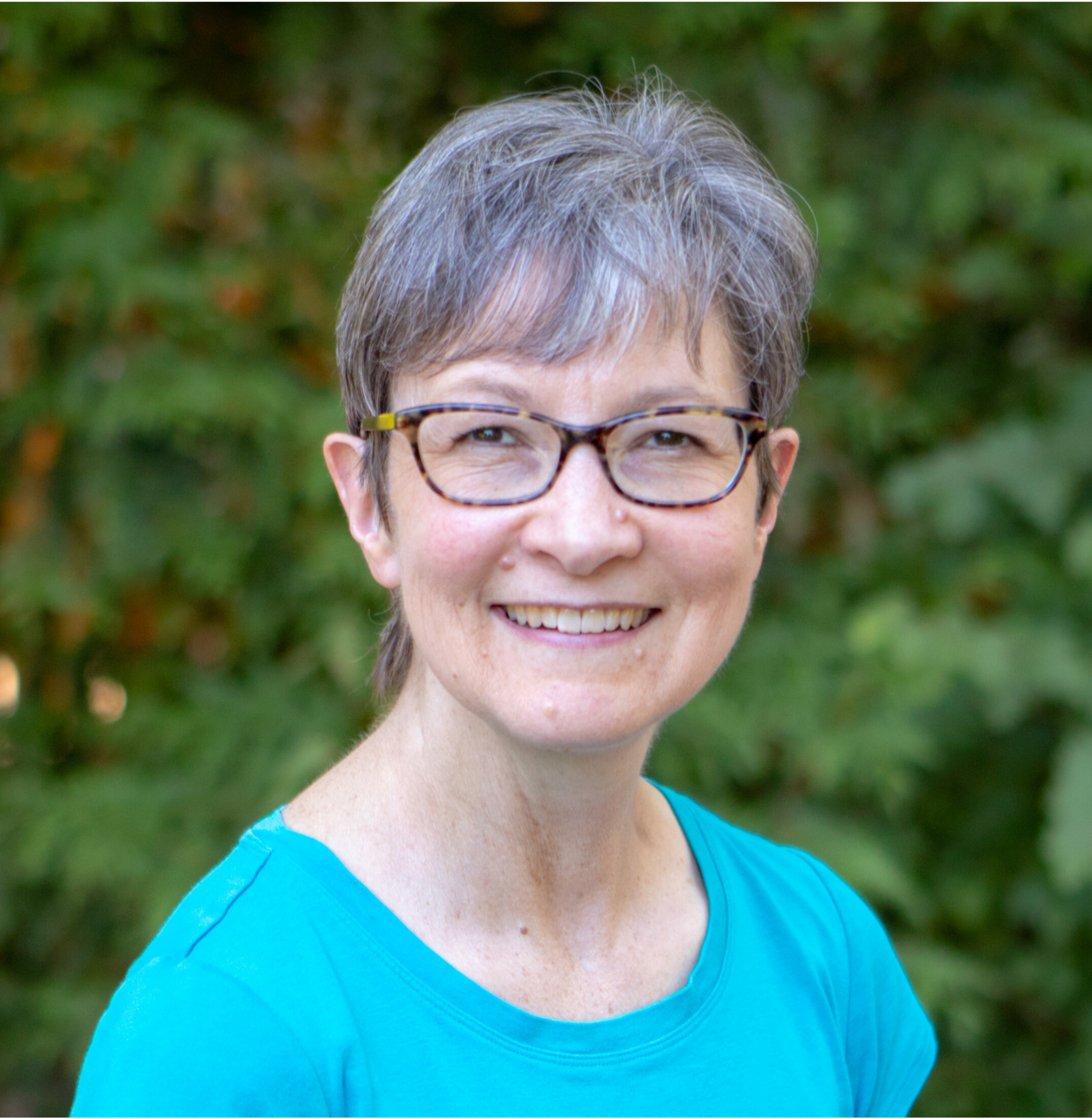President’s Letter: Contributing to Science
By Lori Danielson
Community science, also known as citizen science, is an important part of Eastside Audubon’s conservation work. It’s the contribution of scientific data by members of the public, community members like you and I, who don’t necessarily have any scientific training or backgrounds. Eastside Audubon members have been participating in community science projects for nearly all of our chapter’s existence. To continue our emphasis on community science, Emily Kistler has just been named Community Science Coordinator for the chapter and I’m excited to have her onboard.
Eastside Audubon’s Community Science History
Our chapter has been contributing data to the Christmas Bird Count, one of National Audubon’s community science projects, since 1983. We’ve also been conducting bird surveys at local parks, golf courses, and sites due for development for many years. Among the many locations that Eastside Audubon members have surveyed are St. Edwards State Park in Kirkland, Redmond’s Idylwood Park and Totem Lake. The annual Great Backyard Bird Count, a joint effort led by the Cornell Lab of Ornithology and National Audubon, is another project in which chapter members have participated. We also conduct bird surveys at area golf courses to assist them in meeting the requirements for environmental certification granted by Audubon International. A 2-year bird survey by Eastside Audubon volunteers at The Golf Club at Newcastle will be finishing up this month.
New Projects
Eastside Audubon will be increasing our community science efforts with two new projects this year. You may have seen the Chickadee NestWatch display at our monthly program nights recently and talked to Natasha Kacoroski or Doug Bonham about the project. It is one in which Eastside Audubon is partnering with Animal Data Science and the Cornell Laboratory of Ornithology to compare monitoring methods of local chickadee nests. Volunteers will contribute either manually-gathered nest observations or data collected automatically with eNest, a data collection system for bird nest boxes.
Another new project that’s now seeking volunteer participants is the Willowmoor Floodplain Restoration Project at Marymoor Park. King County plans to change the flow of the Sammamish River in the park to aid salmon migration. Our Conservation Committee has proposed adding bird habitat preservation and improvement to the plan, and is partnering with King County and the Puget Sound Bird Observatory to do so. A bird survey in the proposed channel construction area will start in March and continue through and after construction. The survey will gather data on current bird abundance and distribution, assess the effect on birds during construction, and measure the effectiveness of habitat improvements for birds after completion. More information about this project will be out soon, as well as a call for volunteers.
I’m proud of the chapter’s legacy of contributing bird observation data to science and am excited to see it continue now, as climate change and increased development add new pressures on the place we call home and the birds who live here with us.


